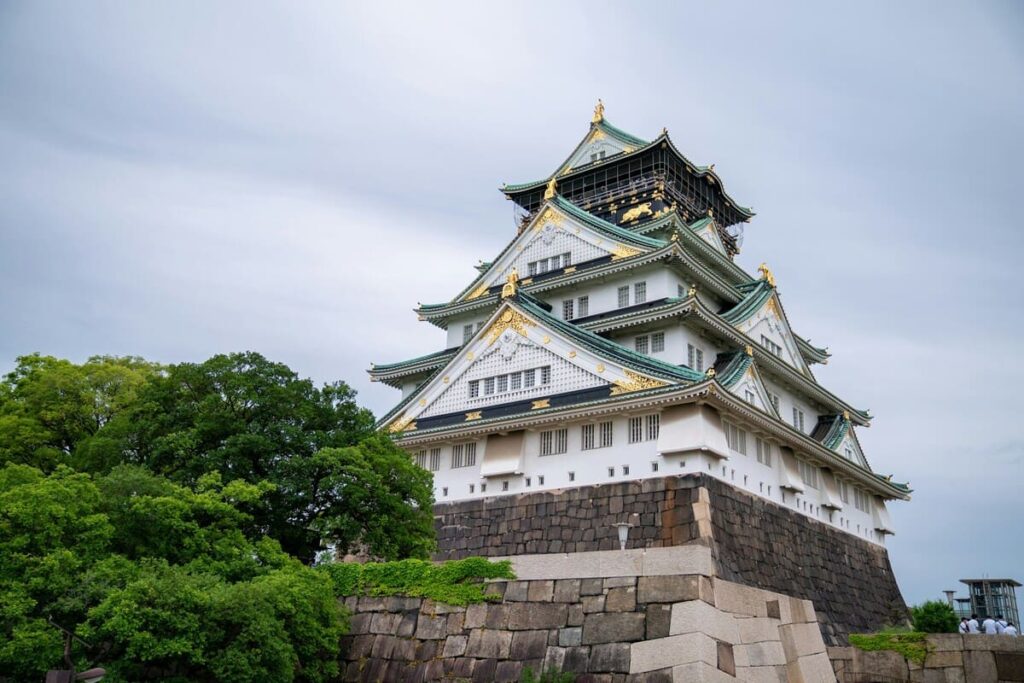Osaka Castle: A Majestic Monument of Japanese History and Culture

Osaka Castle stands as one of Japan's most iconic landmarks, embodying centuries of history, architecture, and cultural significance. Nestled in the heart of Osaka, this grand structure serves as a testament to the power and ambition of its creator, Toyotomi Hideyoshi, one of Japan's greatest feudal lords. Today, it attracts millions of visitors from around the globe, drawn by its historical importance and stunning beauty.
Historical Context
Construction of Osaka Castle began in 1583 under the direction of Toyotomi Hideyoshi, following his consolidation of power over Japan. The castle was intended to be the center of a new, unified Japan under Toyotomi rule. Its architecture was designed to reflect both opulence and military strength, featuring massive stone walls and multiple moats for defense. However, after Hideyoshi's death, the castle became a focal point of military struggle during the pivotal Siege of Osaka in the early 17th century, enduring damage and reconstruction over the centuries.
Architectural Features
Osaka Castle is renowned for its impressive architectural features. The central tower, or tenshu, is built atop a tall stone foundation to protect it against attackers and to provide a commanding view of the surrounding city. This five-story main keep is decorated with gold leaf and intricate wood carvings that showcase the craftsmanship of the Edo period. Surrounding the central tower are several subsidiary turrets, gates, and stone walls, all strategically designed for the defense of the fortress.
Inside the Castle
Today, the interior of Osaka Castle has been transformed into a comprehensive museum dedicated to the history of the castle and the era of Toyotomi Hideyoshi. Each floor of the main tower offers exhibits ranging from ancient armor and weapons to multimedia displays that illustrate the life in Japan during the 16th century. The top floor provides visitors with a panoramic view of Osaka, giving a sense of the strategic importance of the castle's location.
Surrounding Grounds
The castle is set within Osaka Castle Park, which spans approximately 15 hectares. The park is a favorite spot for both tourists and locals, especially during the cherry blossom season when the grounds are covered with over 3000 cherry trees in full bloom. The park also features historical monuments, sports facilities, a concert hall, and a shrine dedicated to Toyotomi Hideyoshi and his family.
Cultural and Festive Celebrations
Osaka Castle also plays host to a variety of cultural and festive events throughout the year. These include traditional tea ceremonies, flower festivals, and dramatic reenactments of historical events. The castle’s illumination during the evening and various seasonal events draw large crowds, enhancing its role as a cultural hub in Osaka.
Modern Symbolism and Legacy
Osaka Castle is more than just a historical monument; it is a symbol of resilience and renewal. It has survived many wars and natural disasters, each time being rebuilt, now standing as a modern museum that bridges the past with the present. It embodies the spirit of Osaka, a city known for its vibrant culture, innovative spirit, and warm hospitality.
Visiting Osaka Castle offers a deep dive into the rich tapestry of Japanese history and culture, showcasing centuries of architectural evolution, the tumultuous periods of the samurai, and the peaceful prosperity of modern times. It stands not only as a reminder of the past but also as an inspiration for the future, making it a must-visit for anyone traveling to Japan.

